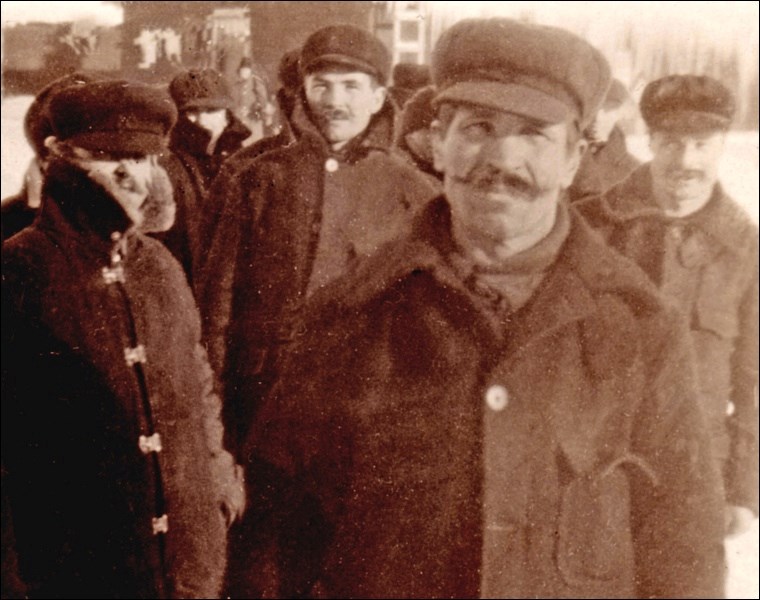North Battleford is the latest stop in the nationwide book tour telling the stories of those interned between 1914 and 1920.
Sandra Semchuk, a photographic, text and visual artist of Ukrainian-Canadian descent, is the author of “The Stories Were Not Told.”
It is the story of Canada’s internment operations during the First World War. During that time, many immigrants from Germany, the Austro-Hungarian Empire and the Ottoman Empire were imprisoned in Canadian internment camps. According to the book’s promotional material, those imprisoned included Ukrainians, Hungarians, Croatians, Czechs, Slovenes, Germans, Italians, Jews, Armenians, Russians, Kurds and many others – and almost all were civilians. Most of the internees, however, were Ukrainians.
Semchuk gave a presentation about the book at the Chapel Gallery on Friday. The presentation included photos from the book.
It wasthe latest stop on a book tour that began in Edmonton Jan. 31 and has spanned the country from Vancouver to Halifax.
In speaking to the News-Optimist on Thursday about the book, Semchuk said she was motivated to write it because there was so little that she herself knew about this chapter of Canadian history.
Semchuk said she had been collaborating on a history project with her late husband James Nicholas and had come across a statue beside of a man with his hand out as if to ask the question “why?” along a plaque from the Ukrainian Canadian Civic Liberties Association, “explaining there was an internment camp here and that my people had been interned.”
“I was really shocked because I considered myself to be educated and I didn’t know this about my own people in Canada.”
That began the process, she said of learning about the camps and learning about what happened.
Semchuk ended up going to 24 internment camps across the country that housed 8,000 internees. She stood on the sites and took photos, and those are featured in the book.
Accompanying the photos are the oral histories of the individuals interned, as told by the descendants and relatives of those various individuals.
Semchuk said she spoke to the last living internee, Mary Bayrak, and had spoken to over 20 living descendants of internees as well, to “see what could remain of these stories that were not told.”
Semchuk also wrote as well, in which she asked questions about “why we did not know the story – why the silence?” she said. “What were the intergenerational effects of the internment on my own people?”
According to the promotional material about the book, “Semchuk describes how lives and society have been shaped by acts of legislated discrimination and how to move toward greater reconciliation, remembrance, and healing. This is necessary reading for anyone seeking to understand the cross-cultural and intergenerational consequences of Canada’s first national internment operations.”
It was a major effort to piece together all the information from the various sources.
“You feel like what you’re doing is kind of taboo,” said Semchuk. “You’re uncovering things that are difficult to look at, and one of the most difficult things to consider was the kind of violations of human rights that the internment camps in World War I, I learned, represented. I’m someone who loves her country. And you’re finding yourself looking at what happened between 1914 and 1920, two years after the war, and looking at it very critically in terms of what the nation was like.”
The story of the internment camps also has particular local relevance. Semchuk said she and her husband had previously done a lot of work on the events of 1885, including the “pass system” and Col. Otter’s involvement in the Battleford area at Cut Knife Hill.
“I had to, and we had to, come face to face with the fact that it was the same Otter who came out of retirement, who was now a lord, who headed up the internment camps and who was responsible for the kind of structures that were put into place across the country.”
Copies of the book are available at the Chapel Gallery presentation on Friday night, and are also available from the publisher University of Alberta Press, by order through University of Toronto Press utpbooks@utpress.utoronto.ca,through Amazon, Indigo and elsewhere, and local bookstores. The cost is $35.



